Wallow is a cutting-edge platform designed to streamline product development by fostering team collaboration and efficient incident resolution. It offers real-time incident reporting and tracking, unified productspaces, and AI-driven analytics, making it an essential tool for product development teams aiming to enhance their workflow and productivity.
Wallow To roll or move about in a lazy, relaxed way, often in a pleasant or enjoyable manner.
Wallow streamlines digital product development with real-time incident tracking, team alignment, and integrated communication tools. Experience seamless collaboration and boost productivity with Wallow.

Introduction
Feature
Real-Time Incident Reporting and Tracking
- Immediate incident resolution
- Report and address problems as they arise
- Minimize downtime and ensure prompt resolutions
Collaborative Productspaces
- Dedicated workspaces for each product or project
- File storage & collaboration within specific contexts
- Daily summaries of active incidents
- Enhanced transparency and communication among team members
AI-Driven Insights
- Advanced analytics for valuable insights
- Understanding incident frequency and team sentiment
- Address recurring problems
- Improve workflow efficiency
User-Friendly Workflow
| Step | Action |
|---|---|
| 1 | Create Productspaces |
| 2 | Invite Team Members |
| 3 | Report Incidents |
| 4 | Collaborate & Resolve |
| 5 | Analyze & Improve |
Flexible Pricing Options
- Free plan available
- Affordable subscription options
- Demo requests available
FAQ
What is Wallow?
Wallow is a platform that streamlines product development by bringing teams together, ensuring incidents are resolved quickly and efficiently through real-time reporting, tracking, and collaborative features.
How does Wallow work?
Wallow operates by providing real-time incident reporting and tracking, unified productspaces for team collaboration, and AI-driven analytics to offer insights and improve processes.
What are the benefits of using Wallow?
The key benefits of using Wallow include:
- Increased efficiency in product development
- Improved team collaboration
- Enhanced productivity through streamlined workflows
- Quick incident resolution
- Data-driven insights for continuous improvement
Latest Traffic Insights
Monthly Visits
847
Bounce Rate
37.65%
Pages Per Visit
1.07
Time on Site(s)
0.00
Global Rank
7413486
Country Rank
-
Recent Visits
Traffic Sources
- Social Media:4.47%
- Paid Referrals:1.47%
- Email:0.37%
- Referrals:14.07%
- Search Engines:43.93%
- Direct:34.95%
Related Websites
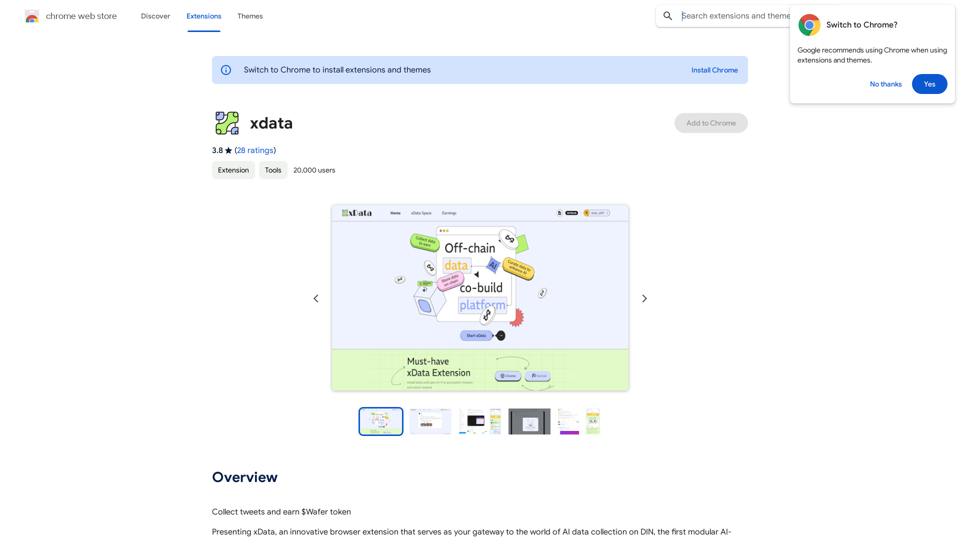
xdata xdata is a type of data that is used to extend or augment the functionality of a program or system. It is often used to provide additional information or context that is not available through traditional data sources. xdata can take many forms, including sensor data, log files, and social media posts. It is often unstructured or semi-structured, making it difficult to analyze and process using traditional data tools and techniques. However, xdata can provide valuable insights and competitive advantages when properly analyzed and utilized.
xdata xdata is a type of data that is used to extend or augment the functionality of a program or system. It is often used to provide additional information or context that is not available through traditional data sources. xdata can take many forms, including sensor data, log files, and social media posts. It is often unstructured or semi-structured, making it difficult to analyze and process using traditional data tools and techniques. However, xdata can provide valuable insights and competitive advantages when properly analyzed and utilized.Collect tweets and earn $Wafer tokens
193.90 M
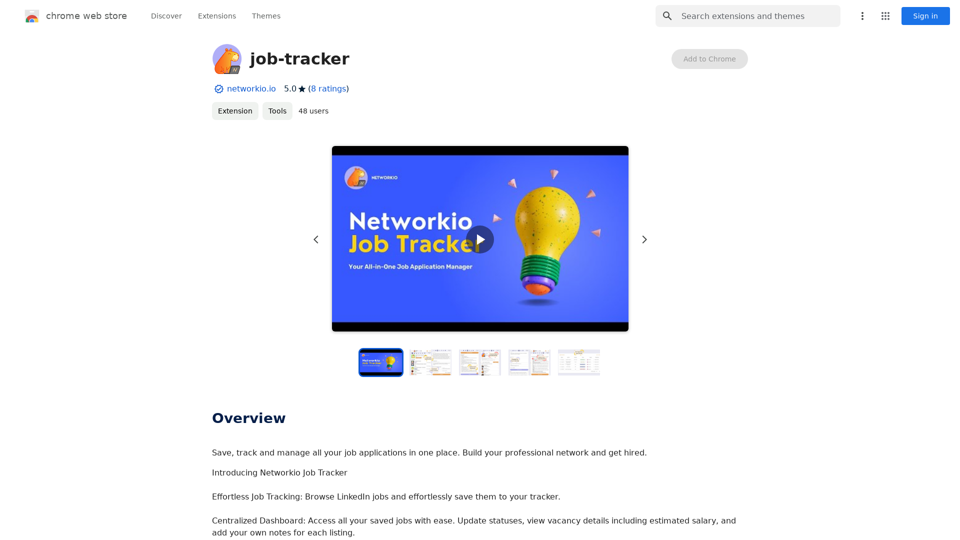
Save, track, and manage all your job applications in one place. Build your professional network and get hired.
193.90 M
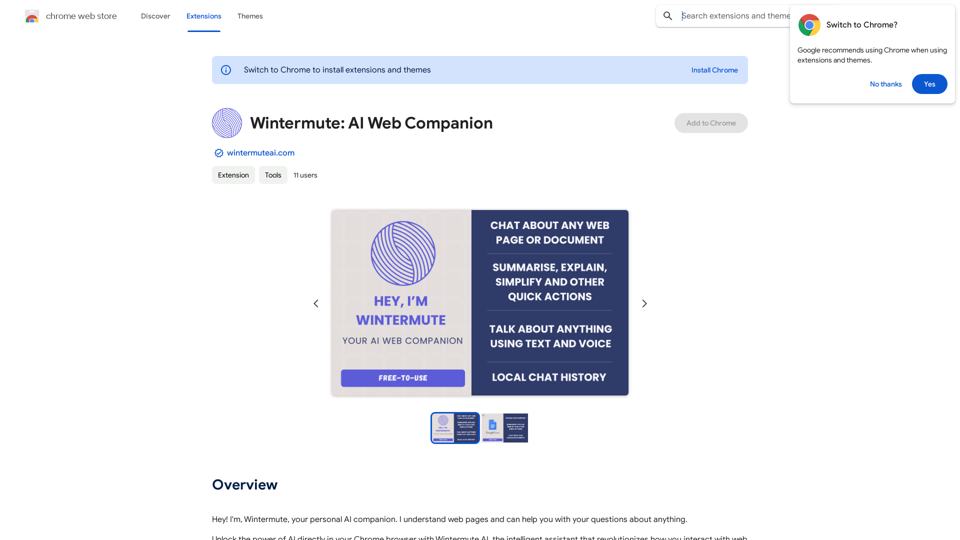
Hey! I'm Wintermute, your personal AI companion. I understand web pages and can help you with your questions about anything.
193.90 M
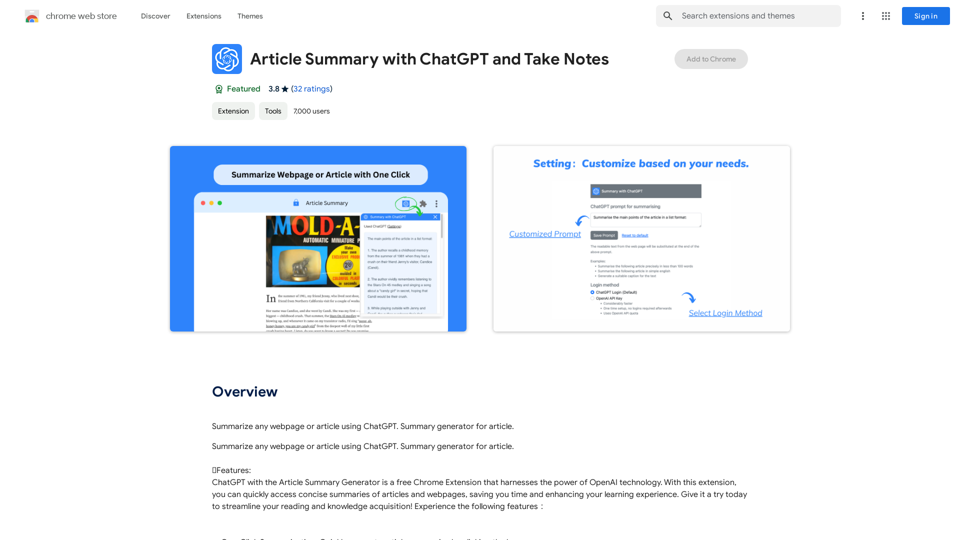
Article Summary with ChatGPT and Take Notes This is a guide on how to use ChatGPT to summarize articles and take notes effectively. Step 1: Provide ChatGPT with the Article Copy and paste the full text of the article into the ChatGPT interface. Step 2: Craft Your Prompt Tell ChatGPT what you want it to do. Here are some examples: * Summarize: "Please summarize this article in 200 words." * Key Points: "What are the main points of this article?" * Bullet Points: "Summarize the key findings of this article in bullet points." * Notes: "Take notes on this article, focusing on the author's arguments and supporting evidence." Step 3: Review and Refine ChatGPT will generate a summary, key points, bullet points, or notes based on your prompt. * Read carefully: Make sure the output accurately reflects the article's content. * Edit as needed: You can ask ChatGPT to rephrase sections or provide more detail. * Add your own insights: Don't just copy ChatGPT's output. Use it as a starting point and add your own thoughts, questions, and connections. Tips for Effective Use: * Be specific: The more specific your prompt, the better the output will be. * Experiment with different prompts: Try various phrasing to see what works best. * Use ChatGPT as a tool: It's a powerful aid, but it's not a replacement for critical reading and thinking.
Article Summary with ChatGPT and Take Notes This is a guide on how to use ChatGPT to summarize articles and take notes effectively. Step 1: Provide ChatGPT with the Article Copy and paste the full text of the article into the ChatGPT interface. Step 2: Craft Your Prompt Tell ChatGPT what you want it to do. Here are some examples: * Summarize: "Please summarize this article in 200 words." * Key Points: "What are the main points of this article?" * Bullet Points: "Summarize the key findings of this article in bullet points." * Notes: "Take notes on this article, focusing on the author's arguments and supporting evidence." Step 3: Review and Refine ChatGPT will generate a summary, key points, bullet points, or notes based on your prompt. * Read carefully: Make sure the output accurately reflects the article's content. * Edit as needed: You can ask ChatGPT to rephrase sections or provide more detail. * Add your own insights: Don't just copy ChatGPT's output. Use it as a starting point and add your own thoughts, questions, and connections. Tips for Effective Use: * Be specific: The more specific your prompt, the better the output will be. * Experiment with different prompts: Try various phrasing to see what works best. * Use ChatGPT as a tool: It's a powerful aid, but it's not a replacement for critical reading and thinking.I can do that! Please provide me with the URL of the webpage or article you'd like me to summarize. I'll do my best to create a concise and easy-to-understand summary for you.
193.90 M
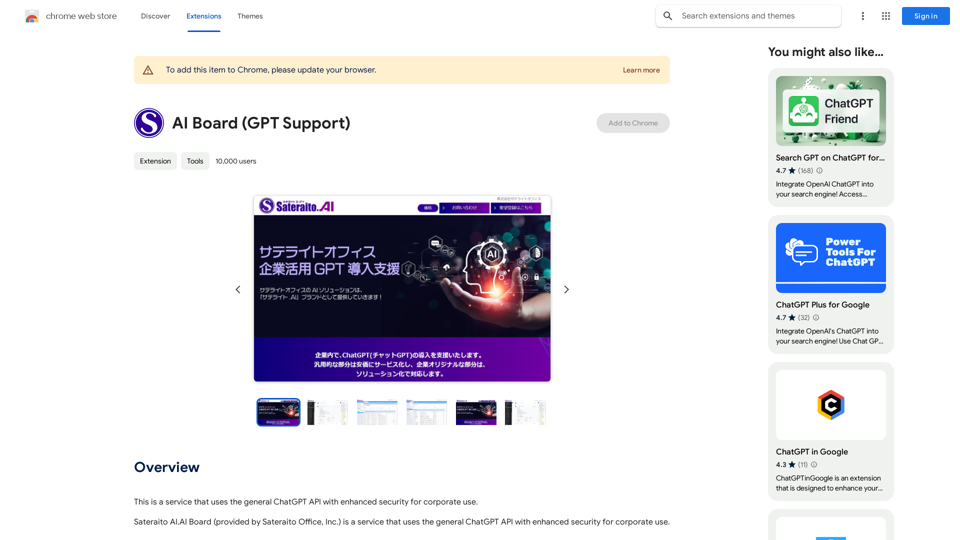
This is a service that uses the general ChatGPT API with enhanced security for corporate use.
193.90 M
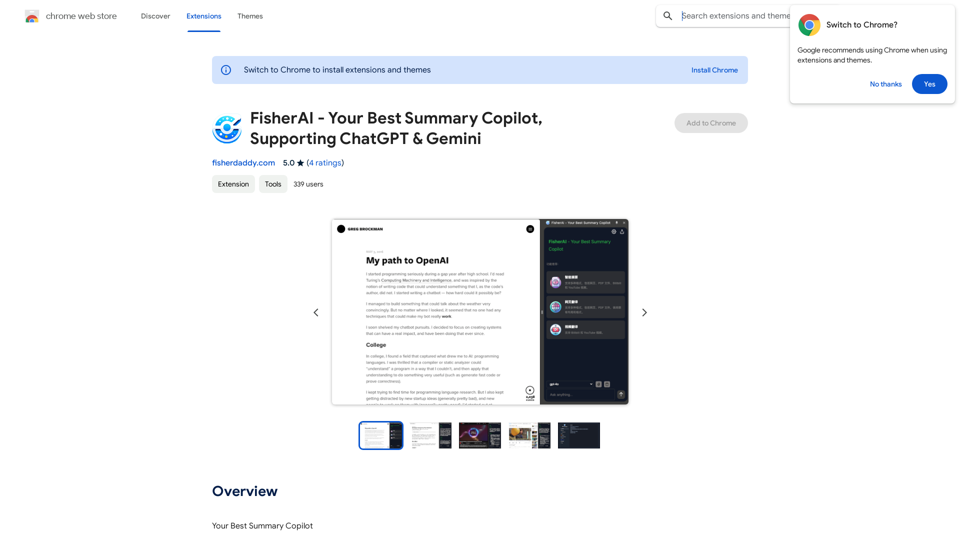
FisherAI - Your Best Summary Copilot, Supporting ChatGPT & Gemini
FisherAI - Your Best Summary Copilot, Supporting ChatGPT & GeminiYour Best AI Summary Assistant
193.90 M
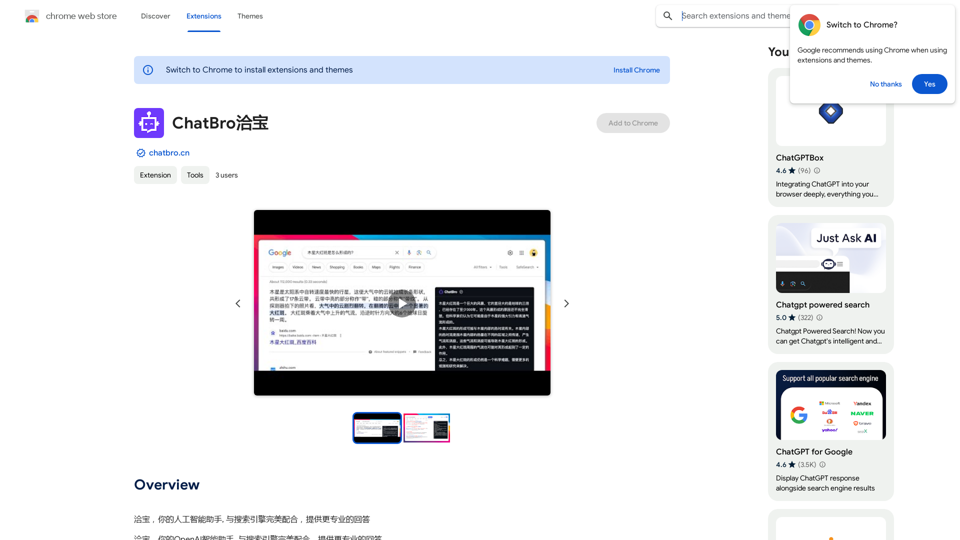
ChatBao, your AI assistant, works perfectly with search engines to provide more professional answers.
193.90 M
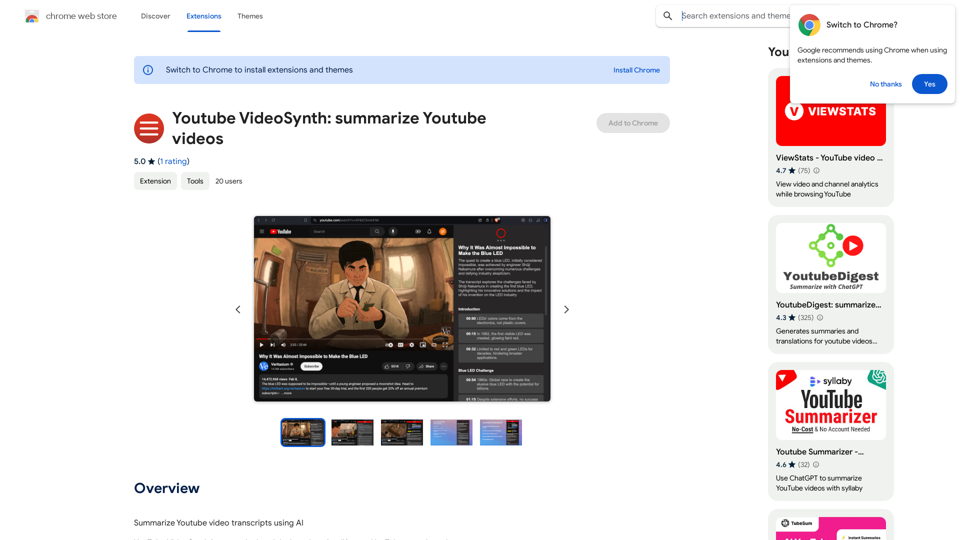
Youtube VideoSynth: Summarize Youtube Videos This tool uses artificial intelligence to create short summaries of YouTube videos. Simply paste the YouTube video URL into the input field, and VideoSynth will generate a concise summary of the video's content.
Youtube VideoSynth: Summarize Youtube Videos This tool uses artificial intelligence to create short summaries of YouTube videos. Simply paste the YouTube video URL into the input field, and VideoSynth will generate a concise summary of the video's content.Summarize YouTube Video Transcripts Using AI This is a powerful tool for quickly understanding the main points of long videos. Here's how it works: 1. Get the Transcript: You'll need a text transcript of the YouTube video. Many videos have automatic captions, or you can use a transcription service. 2. Choose an AI Summarizer: There are many free and paid AI summarization tools available online. Some popular options include: * OpenAI's GPT-3: A powerful language model that can generate high-quality summaries. * Google Cloud AI Platform: Offers a variety of AI services, including text summarization. * Hugging Face Transformers: An open-source library with pre-trained summarization models. 3. Input the Transcript: Paste the transcript into the AI summarizer. 4. Generate the Summary: The AI will analyze the text and generate a concise summary of the video's main points. 5. Review and Edit: Read through the AI-generated summary and make any necessary edits to ensure accuracy and clarity. Let me know if you'd like more details on any of these steps!
193.90 M